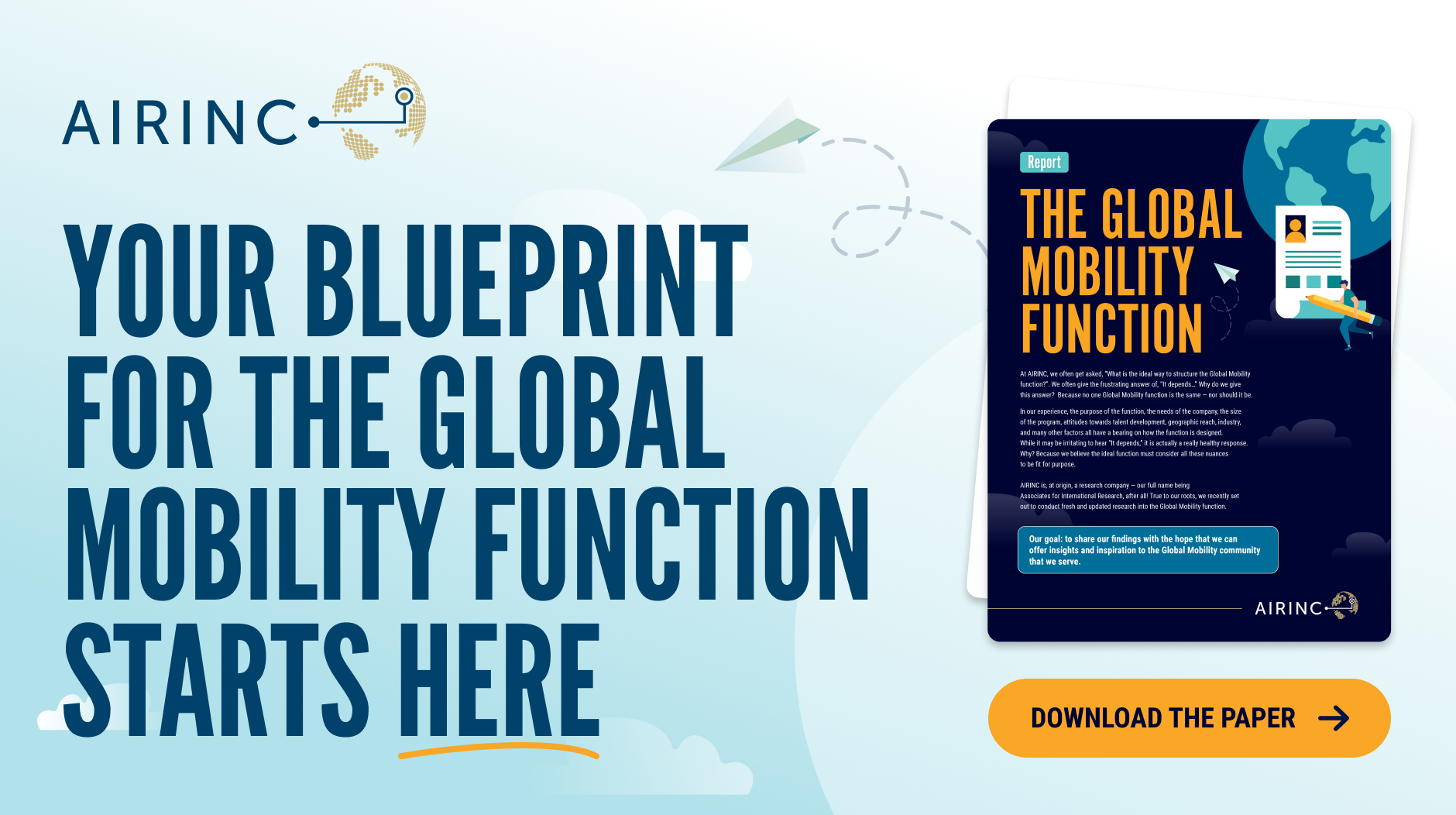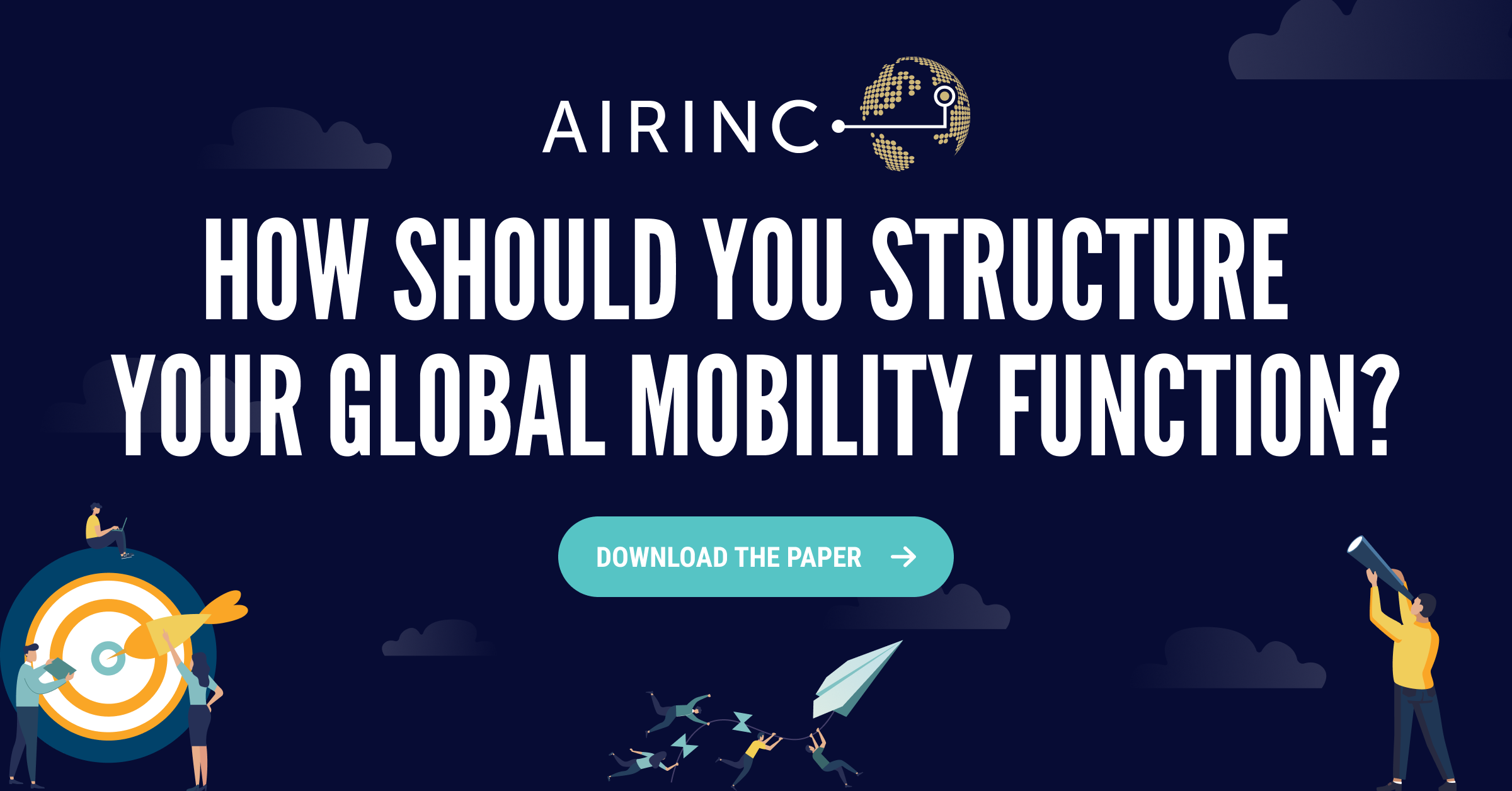Last year, with our help, a pharmaceutical client introduced benefit delivery choice for US Domestic Relocations. The driving purpose for doing so was to increase employee flexibility. Delivery choice acknowledges the diversity of talent, promotes an entrepreneurial mindset, and provides a personalized move experience.
Where previously moves were service based, the client now offers 3 delivery options to employees:
- Service – a traditional use it or lose it, full-service move
- Cash – a lump sum the employee manages, but with home sale delivered as a service
- Hybrid – an intermediary approach which cashes out travel and temporary living, but delivers service for shipping, home sale, and some family-specific benefits
As we approach the one-year anniversary of the client’s program launch, I checked in with their head of Mobility operations and their relocation provider to learn how the new approach has impacted their program administration and the employee experience. Before sharing their feedback, it’s worth acknowledging that we proposed delivery choice for US domestic relocations because employees can navigate these services on their own with relative ease. Offering delivery choice for international moves, while possible, is more complex and presented a higher risk/reward ratio than the client desired. Also, setting up a choice program requires the relocation provider to adopt a consultative approach to help employees make informed decisions. Policy must clearly outline the available choices and their respective benefits and challenges. Also, employees will want to know the cash value of the lump sum and hybrid packages, so access to data is key.
The feedback on the new approach was positive overall. Employees appreciate having options, and managers and Talent Acquisition are pleased to offer flexibility. Advantages like these are valuable in their competitive talent market. The client’s relocation partner provided insight into the administrative impact of delivery choice. They reported that calls with candidates take longer than they did under the prior program. This is because more time is required to explain the 3 delivery options and their respective experiences and values. The increased timeframe has not proved problematic, but speed is a consideration when the client is competing for candidates against other employers. I also learned that, now given the choice, many employees are selecting lump sum. The client is tracking employee selections. To ensure their program stays relevant, they are also tracking how satisfied employees are with their decisions (e.g., would you choose lump sum again?). Employees must commit to their selection before services are initiated and funds are released. In a couple of cases (out of hundreds), employees expressed “buyer’s remorse,” requesting to change their delivery selection. However, by and large, the new approach has been successful in achieving its objectives.
Our forthcoming survey reveals that 27%* of companies provide employee delivery choice. That stat is up 5% from last year’s survey and is expected to grow as organizations consider options for adding flexibility. While there are many factors that impact the operationalization and success of a flexible delivery program, I thought it would be useful for readers to learn from the experiences of a client that made the switch. I hope the positive outcomes of this strategic Mobility team’s approach inspire others to say yes to flex!
*Data source – sneak preview of AIRNC’s 2022 Mobility Outlook Survey – stay tuned for an early March publication.







